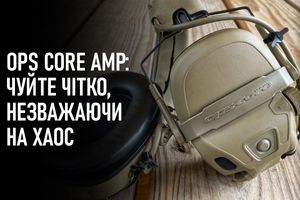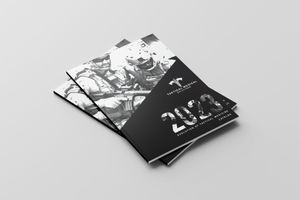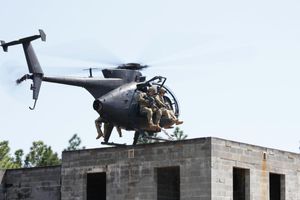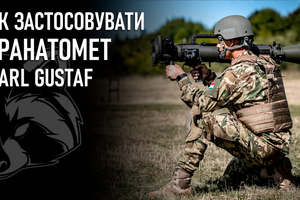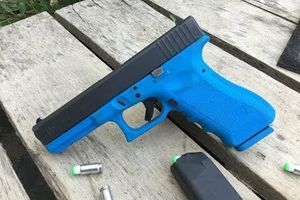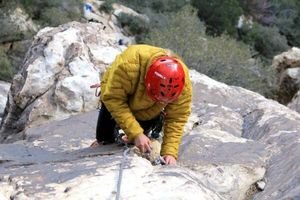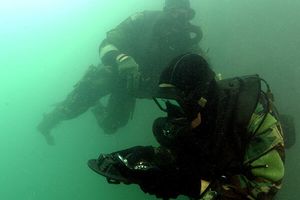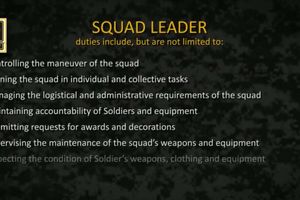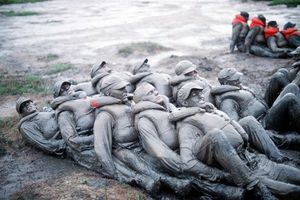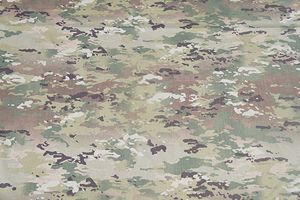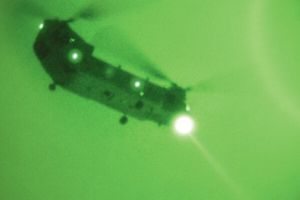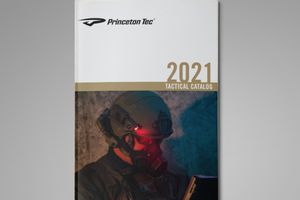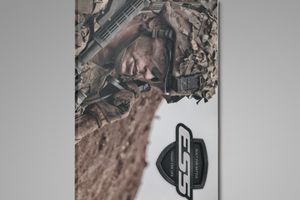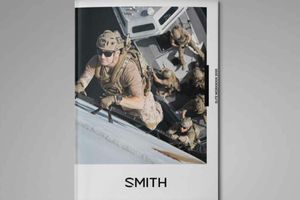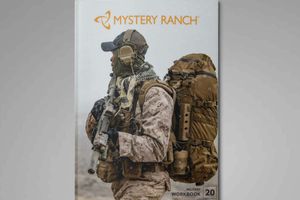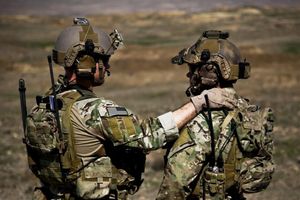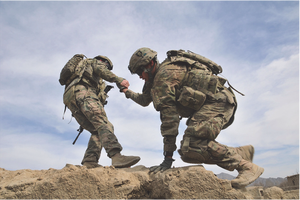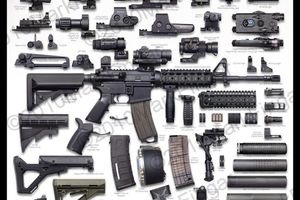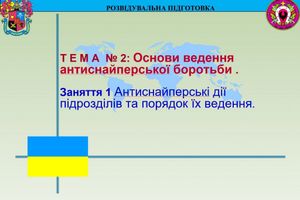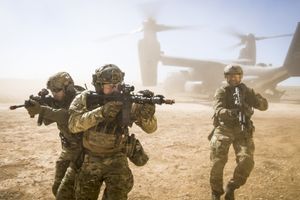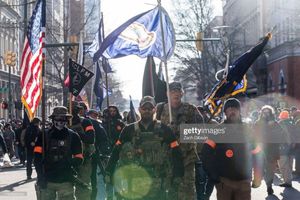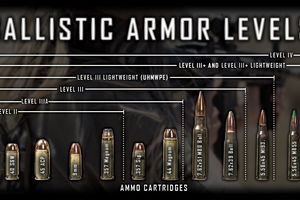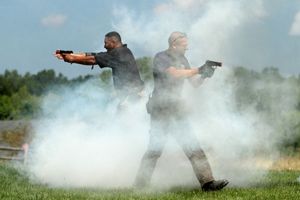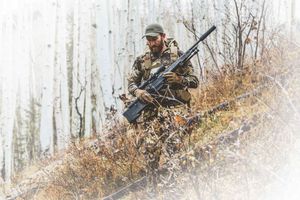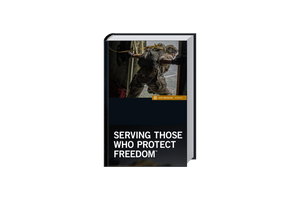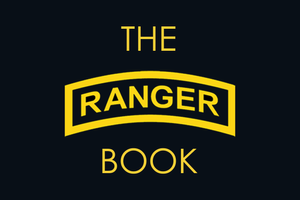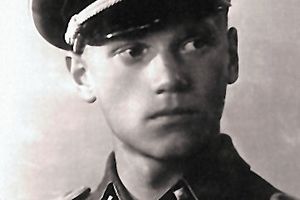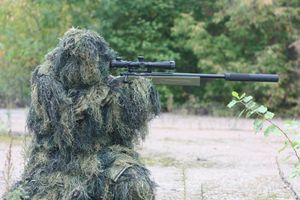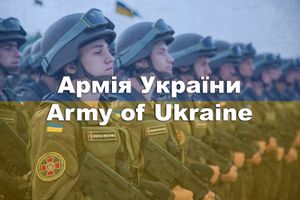Author Aaron Barruga is a Special Forces (SF) veteran with business trips to Iraq, Afghanistan, and the Pacific. He founded his company Guerrilla Approach LLC.
After the twentieth repetition, an Afghan fighter with minimal rifle training shot the 2x2x2 exercise with the same efficiency as instagram shooting celebrities. Just an hour ago, we discussed the basics of accurate shooting with him, after which I gave him a box of ammunition and trained it with repetitions. Two weeks later, this same fighter fled his post at the first sign of a Taliban attack. Why did this happen?
It is clear that there is no connection between how quickly we perform a shooting exercise and our actions in battle. In any case, even we, tactical shooters, can search for meaningful things where it does not exist or inadequately perceive the real benefits of shooting exercises. Most often, we observe these cases in pursuit of speed. Everyone wants to be faster, which is quite natural, but faster is not always in connection with better.
Static speed exercises allow you to develop confidence and skills with beginner shooters. For more experienced shooters, speed exercises allow you to measure how well the execution order is learned and allow you to polish the movements themselves. None of the above is negative, however, the seductiveness of rapid firing can lead shooters to focus on the wrong aspects of their training. In this case, chasing the speed of execution, we can easily forget about the development of discipline, which forces us to proactively mark the location of our sighting.
We retrospectively mark the location of our sighting when distracted from the aiming point. I very often observe this with shooters at a distance of 7 yards. With a pistol or carabiner, the arrows just point the weapon and pull the trigger as soon as they "feel" that their sights are at the right point. We focus so much on improving time that we no longer notice the unintentional development of negative habits. Although understanding how body position affects the direction of sighting is important, such habits can lead to false-positive evaluations when analyzing actions.
This is exactly what happened to me, a novice fighter of the Special Forces squad. As a beginner, I was too fixated on how quickly I could fire five shots at each of the two targets, recharge, and then repeat the exercise. Although I developed my confidence, this was due to incredibly unstable speed. In bilateral exercises, I too hastily fired shots at the jokehouse and usually either completely oiled or injured, which of course did not neutralize the threat. The instructor took me to the side and instructed to conduct a disciplined shooting and "see" my sighting. Roger sir, see sighting, no problem. But on the next run I was again too in a hurry with shots and could not discipline myself after a sea of garbage repetitions during my previous speed training.
Due to the fact that I memorized sloppy high-speed work of my hands, I falsely admitted that the rhythm of performing shots at a cardboard target will remain the same when shooting at a real live target. The next day, the instructors demonstrated their actions in a jokehouse in two-way scenarios. They did not fire quickly and all their shots were in a torn rhythm. They fired only when they saw the center of the opposing threat and compensated for the time with quick movements around the room.
From the point of view of a tactical shooter, it all depends on whether he can aim his sight and then exercise discipline in pulling the trigger. All. Shooting exercises in theory help us consolidate our understanding of the use of weapons, but it’s actually very, very difficult, as we have seen in my example and the example of an Afghan fighter, to create such exercises that would lay the foundation for the real use of weapons in life. Yes, discard the unnecessary and improve your mechanics of execution, but never let the thought that grabbing a weapon in less than a second or high-speed shooting exercises 2x2x2 plays the most important role in preparation.
Unfortunately, it can be very difficult to convince the shooter of all of the above. The combat use of our rifle training requires us to search for combinations and then to develop them at the highest speeds. Memorization of combinations and their implementation leads to an overestimated self-esteem of the shooter. This leads to the fact that many cannot escape beyond the middle peasants. In each combination, there are steps before and after the shooting. The correct implementation of these steps with poorly performed fast shooting can make the shooter a positive assessment of the performance of the entire exercise, which of course is a false indicator of the level of training.

























































































































